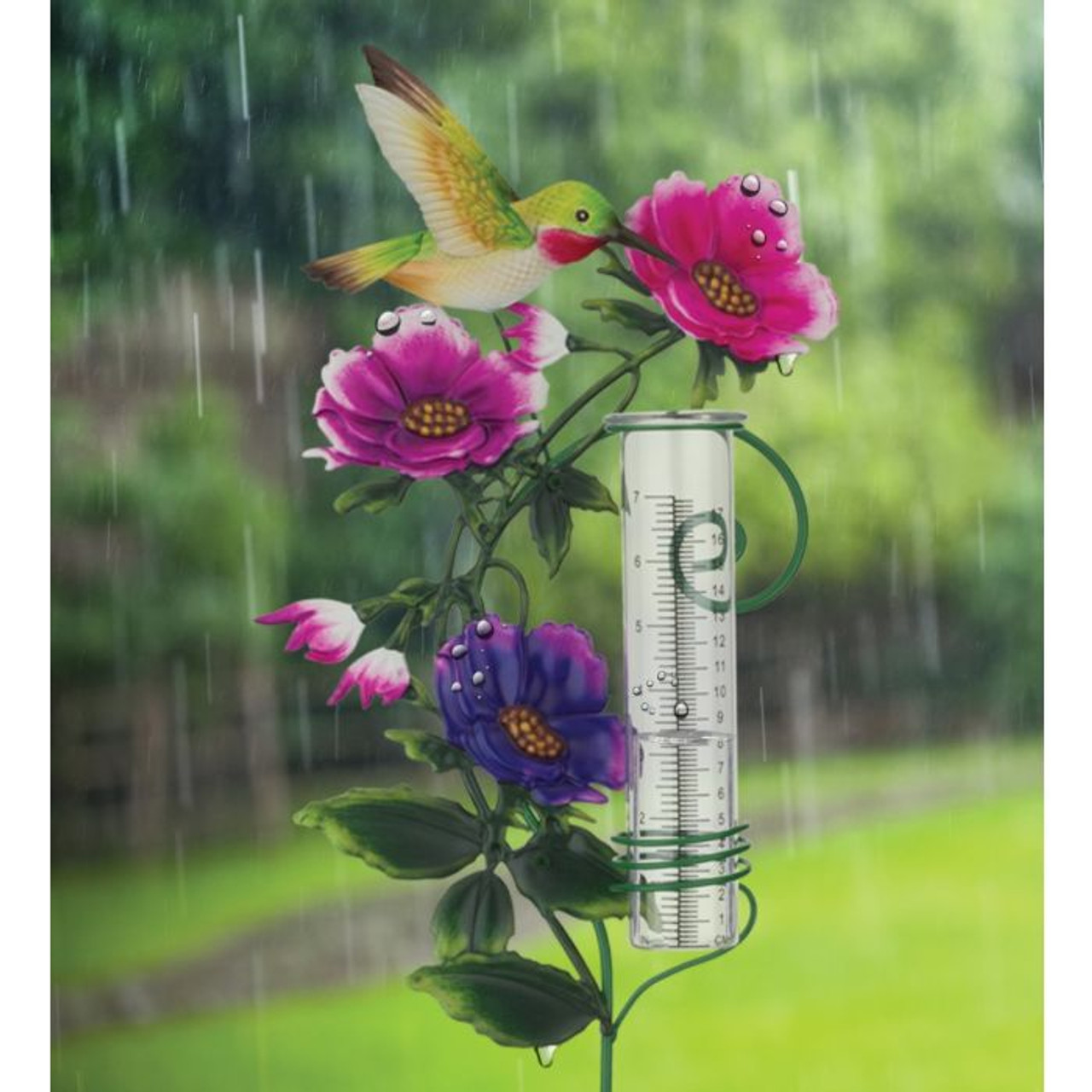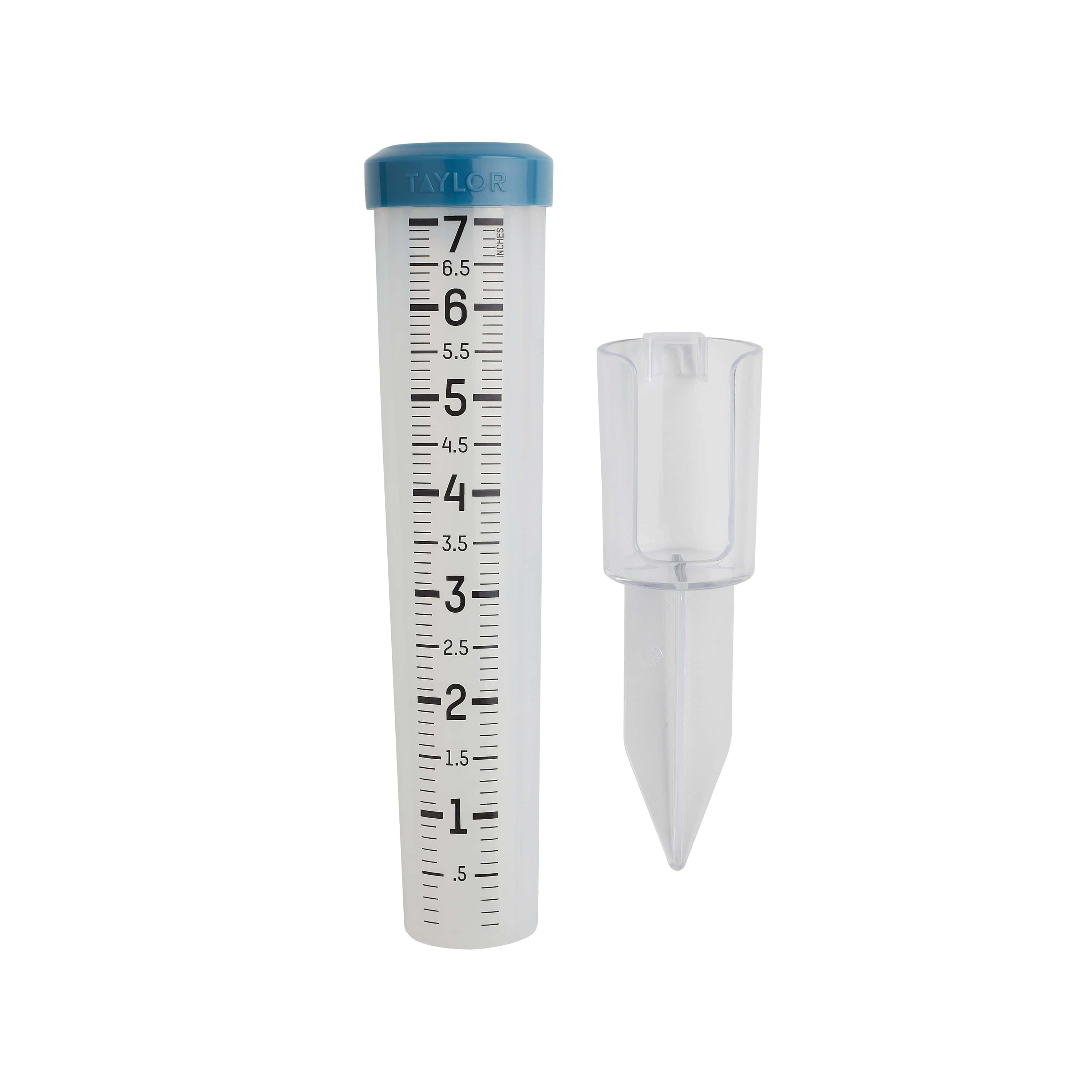Grasping the Science Behind The Rain Gauge: Insights and Innovations Revealed
Wiki Article
DIY Rainfall Scale: Simple Actions to Make Your Own
Are you curious about tracking rainfall in your location? Producing your own do it yourself rainfall gauge is a effective and straightforward method to measure and videotape precipitation. With simply a couple of typical products and some basic actions, you can easily build your own rain scale at home. In this overview, we will provide you with a detailed process to assist you develop your own rainfall gauge. No requirement for any specialized understanding or tools - this job can be finished by anybody. By adhering to these simple directions, you will certainly have a dependable device to gauge rainfall and contribute to your understanding of the neighborhood weather condition patterns. So, allow's get going on making your do it yourself rainfall gauge today!Gather Materials
To begin building your do it yourself rainfall scale, gather all the required products making use of a comprehensive list of products. Having the ideal products handy will certainly guarantee the effective creation of your rain scale and enable precise dimensions of rainfall. You will certainly require a clear plastic container or cyndrical tube, such as a plastic container or jar. Make certain the container is transparent to ensure that you can easily see the water level inside. Next off, you will require a leader or gauging tape to note the increments on the container. This will enable you to measure the quantity of rains precisely. Furthermore, you will require a permanent pen or water-proof tape to mark the measurements on the container. When exposed to rainfall, this will certainly guarantee that the markings remain noticeable even. You will require a strong base or stake to firmly hold your rainfall gauge in area. This can be a wooden or steel risk that can be placed into the ground or a tough level surface to provide security. Gathering these products in advance will certainly enhance the construction procedure and make sure that you have everything you require to create your very own DIY rainfall gauge.Prepare the Container

Mark the Dimension Increments
To properly determine the amount of rains, precisely marking the measurement increments on your DIY rainfall scale is crucial. Without clear and specific markings, it would be difficult to establish the specific amount of rainfall accumulated in your rainfall gauge. Right here are the steps to mark the dimension increments on your rain scale.First, determine on the system of measurement that you intend to utilize. The most usual systems for gauging rains are millimeters and inches. When you have picked the unit, make use of a long-term pen or waterproof paint to note the increments on the side of your rain scale. For inches, you can note every quarter inch or you could look here every half inch, relying on your preference. For millimeters, you can note every 10 millimeters or every 20 millimeters.
When marking the increments, it is vital to make certain that they are evenly spaced and plainly noticeable. Use a ruler or gauging tape to ensure accuracy and consistency. In addition, make sure that the markings are immune to fading or abrading, as direct exposure to the components might cause them to degrade with time.
Place the Rain Gauge Outdoors
The rain scale need to be placed outdoors to precisely accumulate rains information. The location chosen for the rain gauge must be open and free from any type of obstructions that can potentially influence the measurement of rainfall. It is vital to find an area that is not obstructed by trees, buildings, or other structures that could block the rain from getting to the gauge. This will ensure that the collected information is rep of the real rains in the location.In addition, it is critical to place the rain gauge on a stable surface area, such as a degree ground or a strong message. This will prevent any activity or tilting of the scale, which might result in inaccurate dimensions. It is additionally a good idea to prevent placing the scale near any type of sources of fabricated water, such as lawn sprinklers or water drainage systems, as this might hinder the precision of the measurements.
Monitor and Document Rainfall Information
Routine monitoring and recording of rains data is important for accurate information analysis and interpretation. By tracking rainfall dimensions, you can acquire beneficial understandings into weather condition patterns, climate fads, and water source administration. To efficiently keep track of and record rains data, it is necessary to establish a regular and maintain regular methods.Firstly, make sure that your rain gauge is placed in an open area far from barriers such as trees or buildings that might obstruct rains. Additionally, ensure the rain gauge is degree and securely secured to avoid any kind of motion that can affect the precision of the dimensions.

When videotaping the rainfall data, it is essential to keep in mind the day and time of each measurement. Use a ruler or a determining adhere to establish the rains depth in the rain gauge, and record this info accurately.
website link
To make sure the accuracy of the measurements, it is suggested to empty the rain gauge after each recording. This will certainly stop any overflow or dissipation from influencing succeeding dimensions.
Verdict
Finally, producing a DIY rain scale is a basic and functional means to keep an discover here eye on and tape-record rains data (The Rain Gauge). By following the actions described in this article, you can quickly gather products, prepare the container, mark the dimension increments, and put the rain scale outdoors. Frequently keeping track of and recording rains data can give important details for various objectivesHaving the best products on hand will make certain the successful production of your rain scale and allow for precise dimensions of rainfall.To properly measure the quantity of rains, accurately noting the measurement increments on your DIY rainfall scale is essential.The rainfall gauge need to be placed outdoors to precisely accumulate rainfall data. The area chosen for the rain gauge need to be complimentary and open from any obstructions that could potentially impact the dimension of rainfall.In verdict, developing a DIY rain gauge is a basic and practical way to keep an eye on and videotape rainfall information.
Report this wiki page